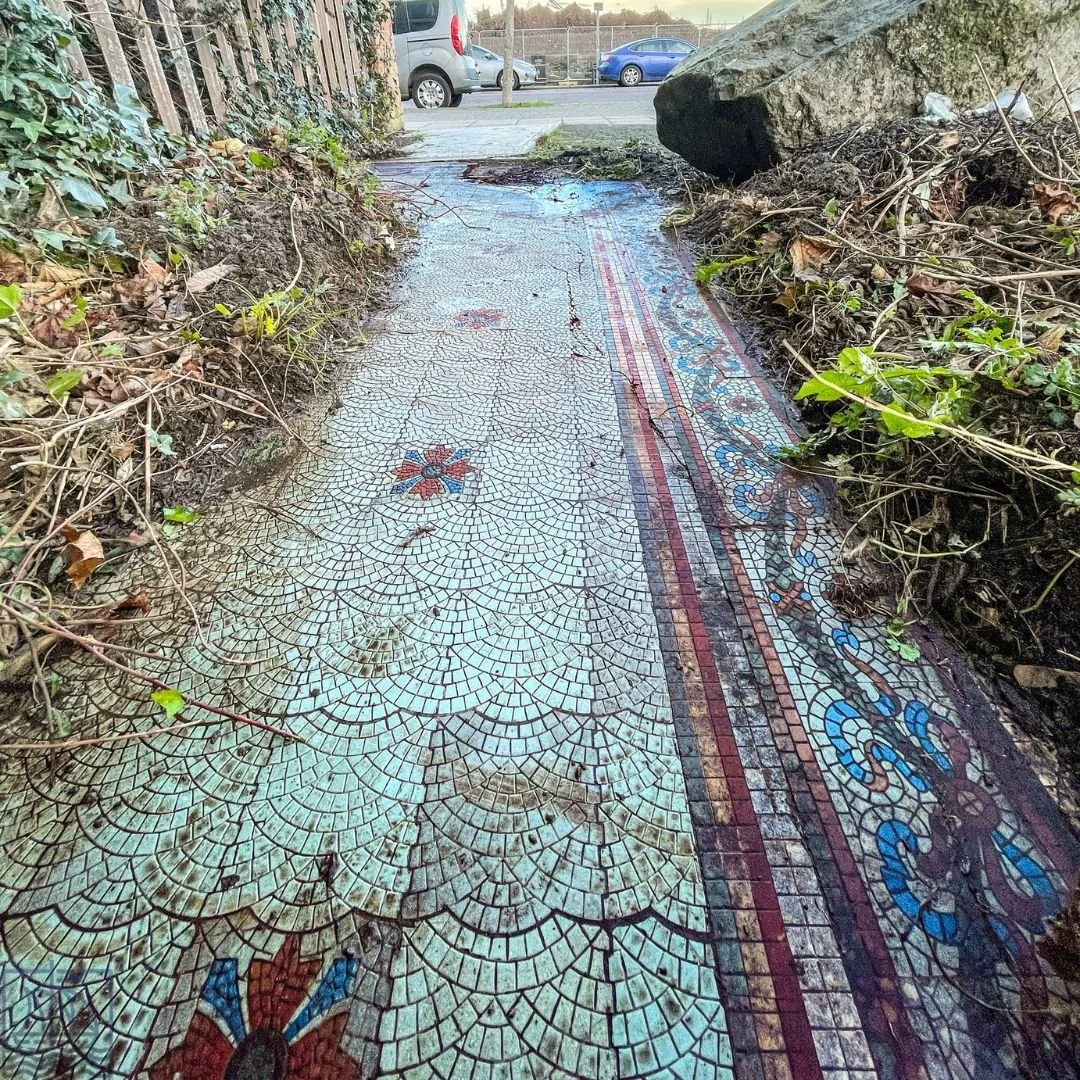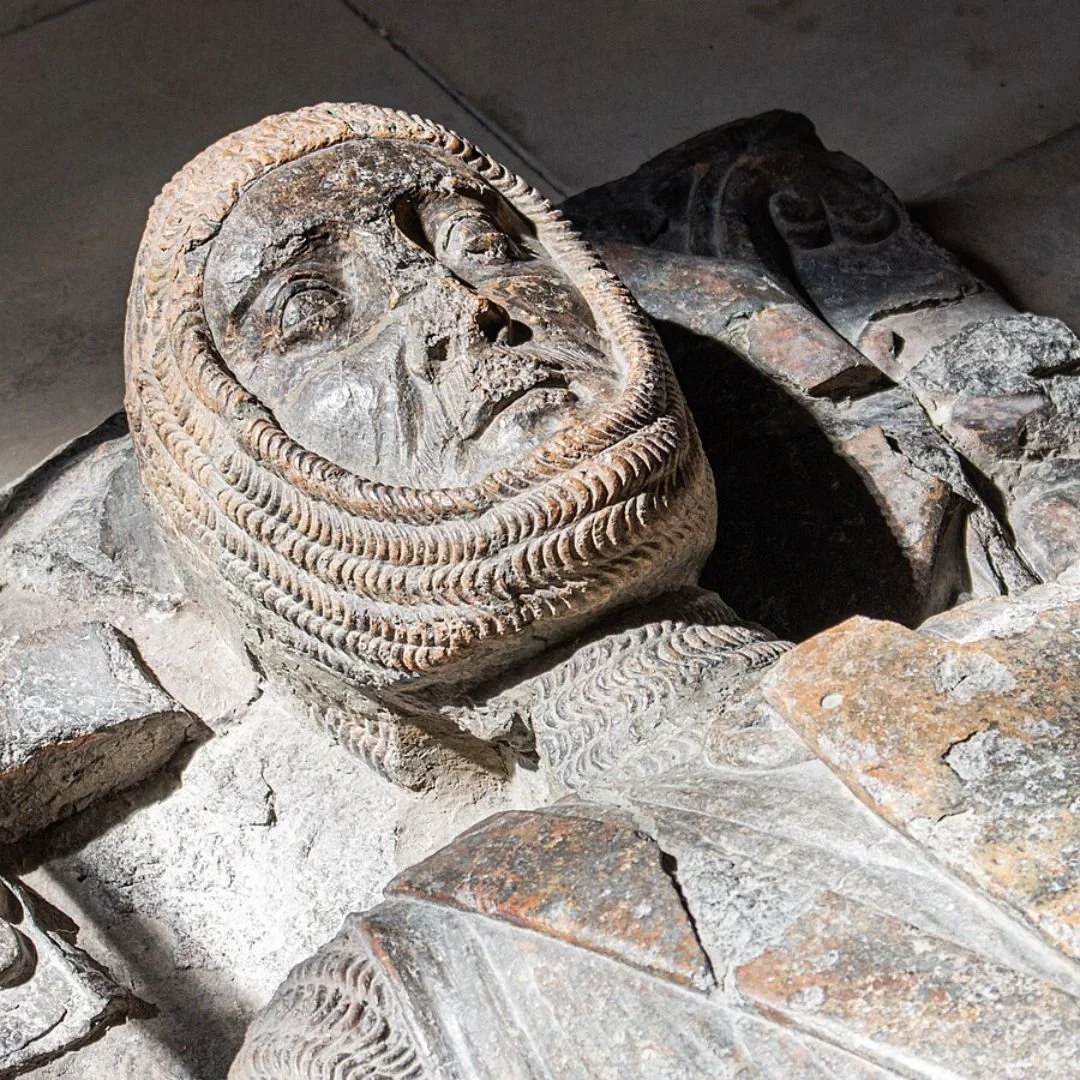‘Sea God Triton’ Roman Statue Discovered In Kent
Archaeologists unearth remarkable Roman statue of the sea god Triton during excavations for a new housing in Teynham, Kent.
Credit: Canterbury Archaeological Trust
Archaeologists from the Canterbury Archaeological Trust (CAT) have uncovered a stunning statue of Triton, the Roman sea god, during their excavations for a new housing development.
This project is being undertaken by Moat Homes (Moat) and Chartway Partnerships Group (Chartway) near the A2 London Road at Teynham in Kent, which follows the ancient Roman Watling Street.
The dig has revealed a mausoleum within a walled and ditched enclosure, located alongside what used to be the main road connecting London to the Roman ports of Richborough and Dover.
Credit: Canterbury Archaeological Trust
The site was initially discovered during trial trenching in 2017, revealing two perpendicular fragments of chalk wall foundation and two Roman cremation burials in urns.
Following these findings, Swale Borough Council, advised by Kent County Council Heritage Conservation (KCC Heritage Conservation), imposed a planning condition requiring an archaeological excavation at the site of a planned roundabout near the A2 road.
Earlier this year, RPS, an archaeological consultancy and a Tetra Tech Company, agreed on a proposal with KCC Heritage Conservation for a half-hectare archaeological excavation on behalf of Swale Borough Council.
The Canterbury Archaeological Trust (CAT) was appointed to conduct the excavation, which began in late May 2023.
After site stripping and a partial archaeological excavation, the wall fragments identified in 2017 were found to be part of a 30-meter square walled enclosure surrounding an approximately 8-meter square structure.
Credit: Canterbury Archaeological Trust
Further excavation indicated that this structure was likely a Roman mausoleum, with demolition fills containing a Roman coin dating from around 320 to 330 AD.
The stone-walled enclosure was situated within a larger outer precinct enclosure ditch, measuring approximately 65 by 70 meters, which extended southward to border the former Roman road.
The probable roadside ditch of this ancient road was also partially exposed, adjacent to the A2.
Several Roman and potentially later burials were uncovered during the excavation, both within and just outside these enclosures, some of which contained grave goods.
The most remarkable discovery was a unique stone statue of the sea god Triton, son of Poseidon (or Neptune in Roman mythology), or possibly one of Triton's minions.
Credit: Canterbury Archaeological Trust
This statue was found ritually placed inside a disused clay-lined water tank, along with burnt fill material, beyond the southeast corner of the outer ditched enclosure.
At this corner, the enclosure takes a double ditched form, possibly marking a track leading northeast from the main Roman road.
Additionally, a small (approximately 1-meter square) monument or statue base was discovered south of the walled inner enclosure.
These findings suggest that the enclosure complex and central mausoleum served as a funerary site for a wealthy local family, possibly connected to a Roman villa previously found at Bax Farm to the north, and dedicated to Roman maritime deities.
The Roman Statue of Triton
The most remarkable find was a unique stone statue of the sea god Triton, son of Poseidon (Neptune in Roman mythology), or one of Triton's minions.
The statue was discovered ritually placed within a disused clay-lined water tank, along with burnt fill material, beyond the southeast corner of the outer ditched enclosure.
At this corner, the enclosure takes on a double-ditched form, possibly marking a track leading northeast from the main Roman road.
Additionally, a small monument or statue base, approximately 1 meter square, was found south of the walled inner enclosure.
These findings suggest that the enclosure complex and central mausoleum served as a funerary site for a wealthy local family, potentially connected to a Roman villa previously discovered at Bax Farm to the north, and dedicated to Roman maritime deities.
The Triton statue has been carefully lifted and removed from the site for initial conservation works which have revealed the fascinating detail and craftsmanship of the piece.
Further research into the statue itself and the circumstances of its ritual burial are on-going.
If you enjoyed this blog post, please follow Exploring GB on Facebook for daily travel content and inspiration.
Don’t forget to check out our latest blog post below!
Thank you for visiting Exploring GB.


















